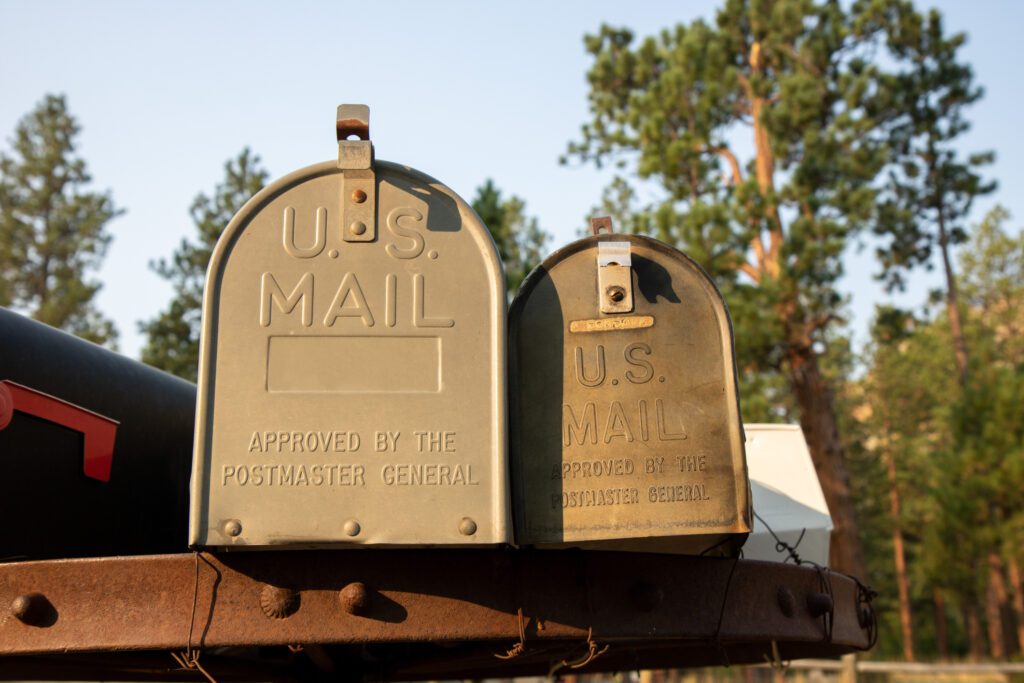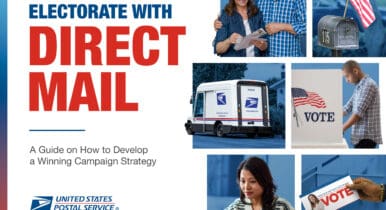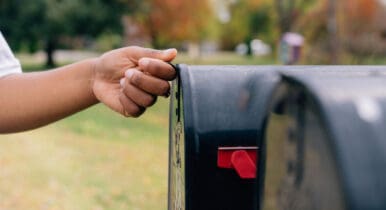Candidates Deluged Mail Consultants With Notes In ’20. Here’s What Strategists Said They Learned for the Upcoming Cycle
Clients and candidates had plenty of extra time on their hands in 2020 and that meant an uptick in conversations with mail consultants about design ideas.

The kitchen cabinet got bigger last cycle as candidates and their families had time for long Zoom sessions with their mail consultants about the finer points of graphic design. The uptick in notes taxed consultants’ time, but also reminded some practitioners that they often breeze through strategy and design development with clients who may be new to the process.
“I had more conversations with family groups than I have in the past,” said Erica Prosser, a SVP at Berlin Rosen, about her experience last cycle. “We spent some more time on the front end, maybe than we have in the past, talking through that with them — where the limitations were, what we were going to do, what we were going to convey, why we were doing what we were doing.
“Sometimes I think some of us are so in our zone and we know what we’re doing and we don’t always go back and have those conversations to the level maybe that we should. It was a good reminder through this that that needed to happen.”
Of course having these extended tête-à-têtes could also be a drain, Prosser admitted during a panel at C&E’s Creative Summit Aug. 4.
“We practiced our patience at points — beyond the candidates having more time, they also had more time not sitting with their campaign manager but they were sitting with their families or their spouse, who also often had a lot of options or were very happy to affirm [the candidate’s] strong opinions.”
To take advantage of the surplus of time on the families’ hands, Prosser often asked for archival photos to help build mail pieces that otherwise would have relied on photo shoots for their assets.
Handling notes backed with firm opinions from clients is an art. Aaron Evans president of GOP shop WRS, said returning the conversation back to the goal of the mail piece was helpful.
“I think showing the candidate respect, but then also being able to politely push back and normally just reset the conversation on why are we actually doing this? Will this actually get you more vote voters or are we spending an hour talking about something that’s not going to attract one more vote?,” he said during the panel. “Always going back to the mission helps a lot.”
During what was a challenging cycle for mail consultants where they faced barrages of opinionated feedback and, in some cases, logistical challenges related to suppliers shutting down, there was plenty of innovation in mail design last cycle. For instance, consultants who had previously shunned using QR codes on direct mail pieces embraced them with renewed vigor in 2020.
“I was definitely a huge QR code hater back in the day,” Chris D’Aniello, director of accounts at Axiom Strategies, said during the panel with Evans and Prosser. “We [talked] people out of using the QR codes — ‘nobody knows how to use these.'”
As QR codes appeared on everything from the tables at restaurants, where they linked the customer to the establishment’s menu, to the counters of stores in order to sign up for a rewards program, it changed how consultants saw the “old” technology.
Alicia Sisneros, founder of Sisneros Strategies, was another consultant who made the QR code re-discovery last cycle.
“We used it [QR codes] multiple times this cycle to move people from mail to a digital link online. We’re probably going to continue using that for a while.”
Part of the appeal, according to Sisneros, is that the voter can get quick access to information about things like absentee ballot return or polling locations that wouldn’t otherwise fit on the mail piece. But as an added bonus, data can be collected through the codes.
“We used a platform for ours and we were able to collect the data,” Sisneros said. “Anytime that a QR code was scanned, we were able to match it back to our list and then have some of our candidates reach back out — really opening that window of engagement with that particular voter.”


